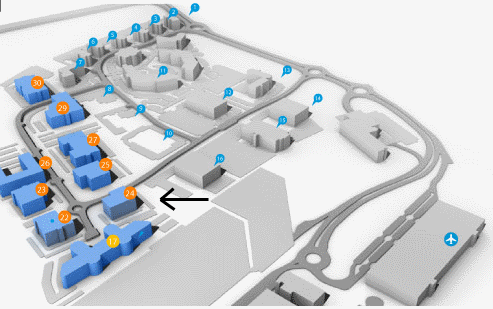Current Size: 100%
Marital status associated with ovarian cancer stage, treatment and outcomes?
Background: Ovarian cancer is the 4th most common cancer in women in Ireland and their mortality rates are second highest in Europe. There is growing evidence, across a range of cancer sites, that married cancer patients have better survival. It is unlikely that marriage elicits biological changes in cancer cells, but there are societal factors which could lead to earlier diagnosis, greater treatment utilisation and improved quality of follow-up for married patients within the health system. We investigated associations between marital status and stage, treatment receipt and survival in ovarian cancer.
Methods: Women, aged ≥20, diagnosed with primary malignant ovarian cancer (IDC10-C56) during 1994-2010 were identified from National Cancer Registry Ireland. Data extracted was: marital status, stage, treatment received in the first year, date and cause of death, age, smoking status, occupation, region and area deprivation score. Logistic regression was used to estimate adjusted effects of marital status on tumour stage (1-3 vs 4). Effect on treatment uptake was evaluated adjusting for socio-demographic characteristics, stage and grade. Associations between marital status and survival were evaluated using Cox regression, at baseline and beyond a 6-month landmark, adjusting for treatment.
Results: The median age of 5022 included women was 64 (range 23-97, IQR 21); 54% were married at diagnosis; 50% were non-smokers; 41% identified as housewives; 30% had stage 4 disease. Married women were younger, more likely to be a housewife and lived in less deprived areas. Marriage reduced the odds of stage 4 disease (crude OR=0.88, 95%CI 0.78-1.0), but association disappeared after adjustment for factors above. Overall, 62% of women received cancer-directed surgery. Married women significantly more often had surgery, even after adjusting for covariates (OR=1.47, 95%CI 1.26, 1.70). Married women survived longer (median: 31m vs 15m; adjusted HR=0.88, 95%CI 0.81-0.95) but this effect attenuated when conditional survival beyond 6-months was considered (adjusted HR=0.94, 95%CI 0.85-1.04).
Conclusions: Among women with ovarian cancer, marriage is not associated with stage at diagnosis but does increase the odds of having treatment. Associations between marital status and survival are restricted to the initial follow-up period.
Acknowledgements: National Cancer Registry receives Department of Health funding.





